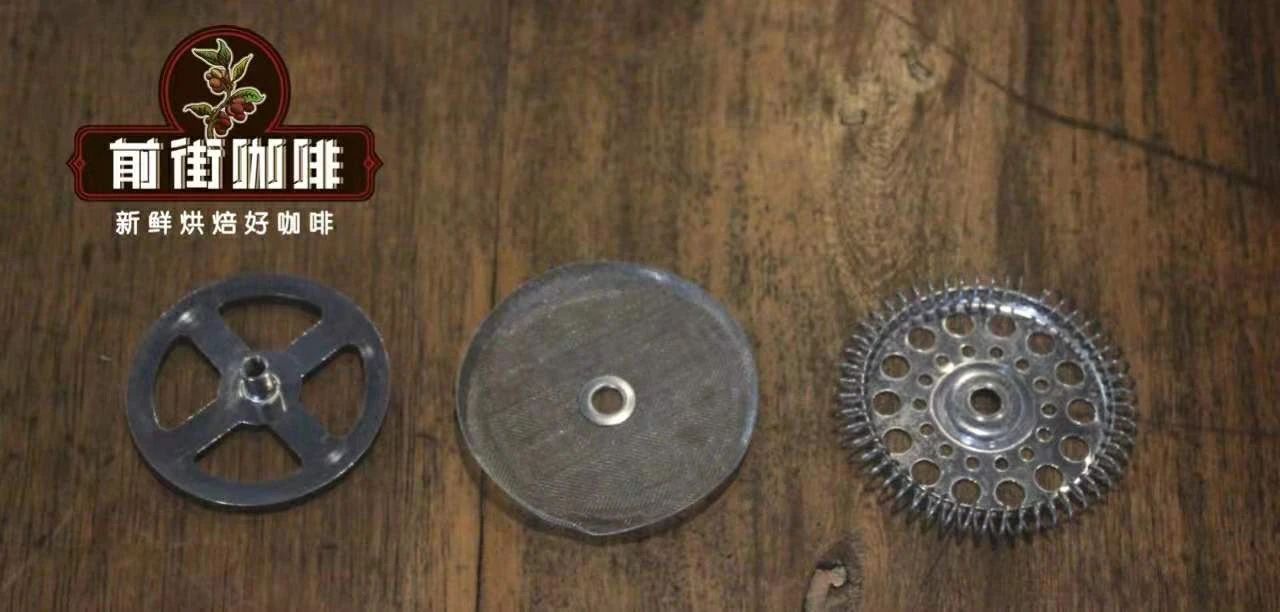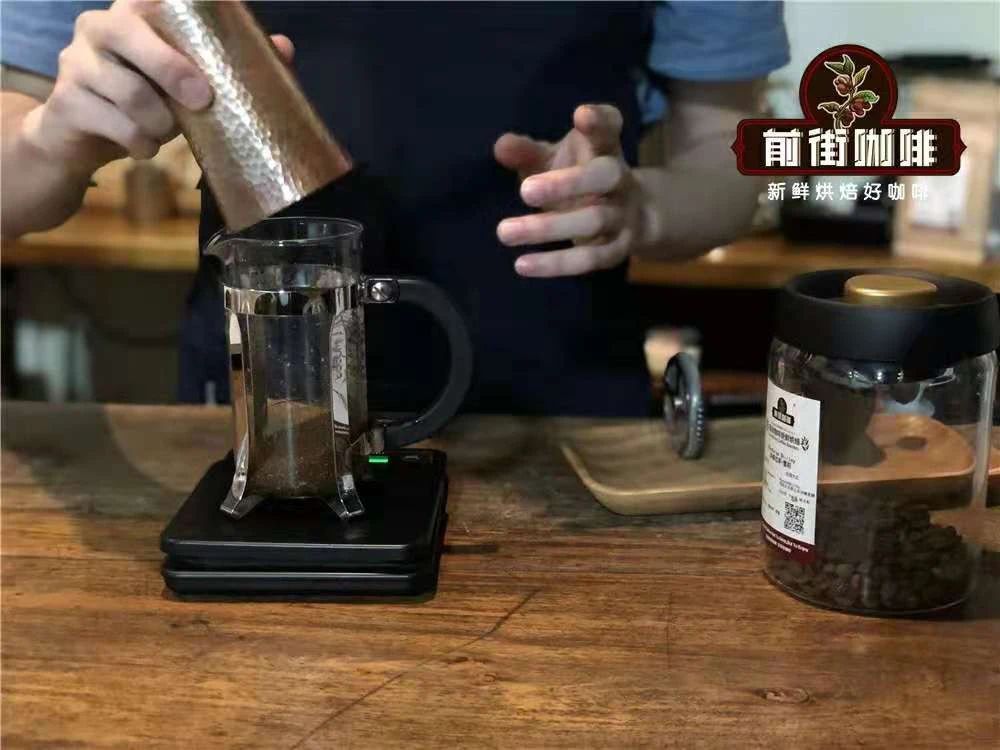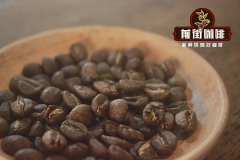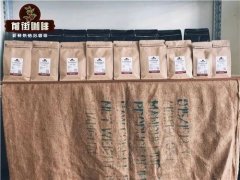Method pressure kettle grinding degree water temperature soaking time parameters tutorial method can pressure kettle be used to make milk foam?
The French kettle originated in France in the 19th century. Although the exact date of appearance is not clear, in 1852, the Frenchman Mayer and Delforge founded Smith, applied for a patent for piston filter coffee utensils, and named the product "French Press", which marked the emergence of the commercialization of French pots.

French pressure kettle-- simple and convenient design
Simple, it refers to the simple structure, simple principle and simple operation of the pressure kettle. The whole kettle is composed of a heat-resistant glass container and a metal filter with a pressure bar. When making coffee, just soak the coffee powder and hot water in a glass container, and then filter the coffee grounds with a metal filter with a pressure bar to get a relatively clean cup of coffee. The manual operation part of the whole coffee brewing process consists of three steps, namely, pouring powder, pouring water and pressing rod.


How to use a pressure pot to make a pot of coffee
Because the pressure kettle mainly depends on soaking to extract coffee, in a fixed capacity, a certain amount of water uniformly dissolves the substance in the coffee powder. In the process of extraction, the main influencing factor is time, the longer the soaking time, the more substances extracted from the coffee until saturated, or to a more difficult state of extraction, that is, the longer the soak, the stronger the flavor.
Therefore, to confirm the powder-to-water ratio first, it is generally recommended to use the powder-to-water ratio between 1:15 and 1:16 in Qianjie, where the fault-tolerant rate of these two powders is higher than that in the interval, and most coffees perform well in the ratio of taste to flavor.
The next step is to determine the grinding fineness of the coffee. In the front street of the pressure pot, it is recommended to choose a thicker grinding degree, because the pressure filtration uses a metal filter, the gap is visible to the naked eye, and thicker is also chosen for better filtration. The grinding thickness of coffee beans with different roasting degrees is also different. With the pass rate of No. 20 sieve as the standard, medium and shallow roasted coffee beans can choose finer grinding (pass rate 72-75%). Medium-deep roasted coffee beans can be ground thicker (pass rate 68-71%).

Then to the water temperature, because the kettle is soaked and extracted, the coffee powder and water are relatively static, so the water temperature will be higher, and the water temperature of the same bean kettle will be 2-3 ℃ higher than that of hand flushing. It is recommended to use 91-94 ℃ for light roasted coffee in brewing and 88-91 ℃ for deep-roasted coffee.
Finally, there is the soaking time, which is very important for the French kettle as mentioned above. Through the comparison of brewing for many times in Qianjie, it is considered that the taste of most coffee beans is the best when soaked for about 4 minutes according to the parameters recommended by Qianjie. You can also use this set of parameters as a model to develop your favorite brewing parameters.
In fact, the operation process is really very convenient. Take 15g coffee powder as an example, pour the ground coffee powder into the pot, then pour into the hot water of 225-240ml, pull up the pressure bar, cover the kettle and wait for 4 minutes. Then slowly press down the pressure bar to make the metal filter press the 1x4 of the kettle body to prevent the fine powder from the bottom from surging to the top.

The simple pressure pot does not only have the function of simply making coffee.
It can also be used as a cup measuring tool.
The process of making coffee in the pressure pot is very similar to the cup test, both through static soaking. Many people use the pressure pot to test the quality of coffee beans. James Hoffman, the author of the Coffee Map of the World, recommends that the method of making coffee is the same as the cup test.
It can also be used to make tea.
The soaking and filtering integrated simple apparatus of the pressure pot can be used to brew coffee, of course, it can also be used to brew black tea, and it is also very convenient to use. It is carefully found that the structure of the tea maker sold on the market is very similar to that of the kettle.

You can even get rid of the foam.
The French pressure pot can also be used to dispense milk bubbles. If you want to freeze milk bubbles, you need a manual milk foam machine. In fact, the structure of the manual milk foam device is very similar to that of the French pressure pot, and the pressure bar of the soaking kettle can also send out milk bubbles like a milk foam machine.

Important Notice :
前街咖啡 FrontStreet Coffee has moved to new addredd:
FrontStreet Coffee Address: 315,Donghua East Road,GuangZhou
Tel:020 38364473
- Prev

Flavor difference of Arabica Coffee between cod Bean and Nut Bean
Is coffee bean really divided into male and female? No! These are the Chinese common names for coffee flat beans and round beans. Is it true that round beans must taste better than flat beans on the Internet? The front street of this article will take you to understand what is flat beans and what are round beans. The difference between flat beans and round beans Coffee beans are the core part of coffee fruit, normally there are two separate and
- Next

How long does coffee taste? How do expired beans taste good? How long does coffee last?
Before Guangzhou, because of the epidemic situation (how many times we tested nucleic acid a month), many guests hoarded a lot of coffee beans at one time, so we all know that cooked beans have a taste appreciation period, beyond the period flavor will decline. Today's article tells you how to judge the taste of coffee and how to save expired coffee beans. Coffee in general.
Related
- Beginners will see the "Coffee pull flower" guide!
- What is the difference between ice blog purified milk and ordinary milk coffee?
- Why is the Philippines the largest producer of crops in Liberia?
- For coffee extraction, should the fine powder be retained?
- How does extracted espresso fill pressed powder? How much strength does it take to press the powder?
- How to make jasmine cold extract coffee? Is the jasmine + latte good?
- Will this little toy really make the coffee taste better? How does Lily Drip affect coffee extraction?
- Will the action of slapping the filter cup also affect coffee extraction?
- What's the difference between powder-to-water ratio and powder-to-liquid ratio?
- What is the Ethiopian local species? What does it have to do with Heirloom native species?

